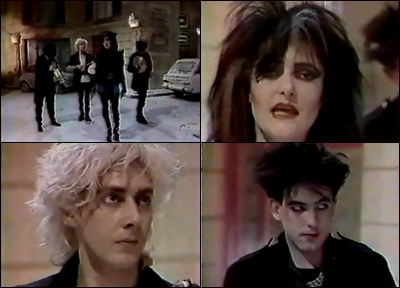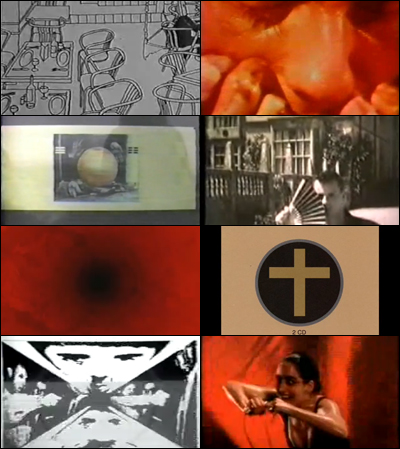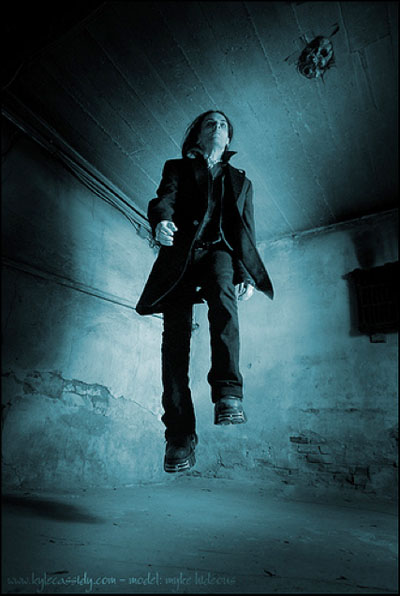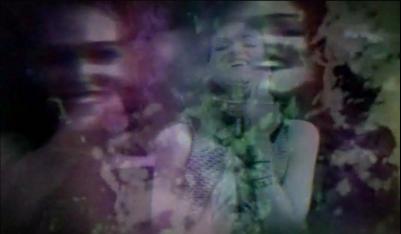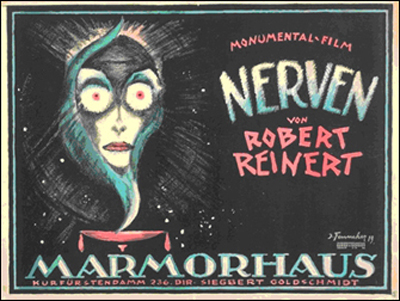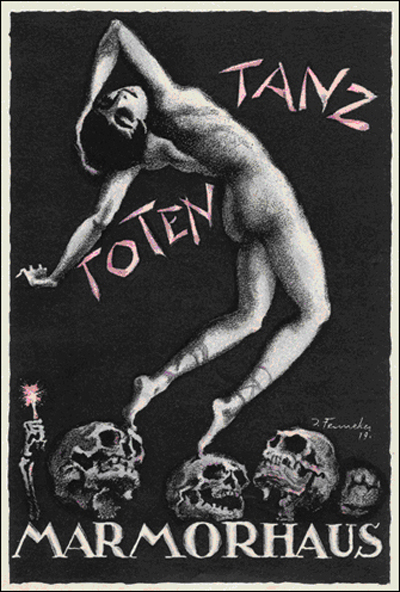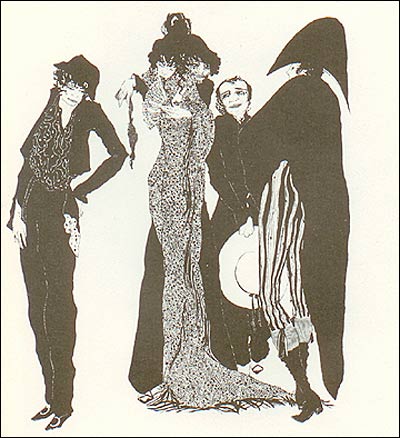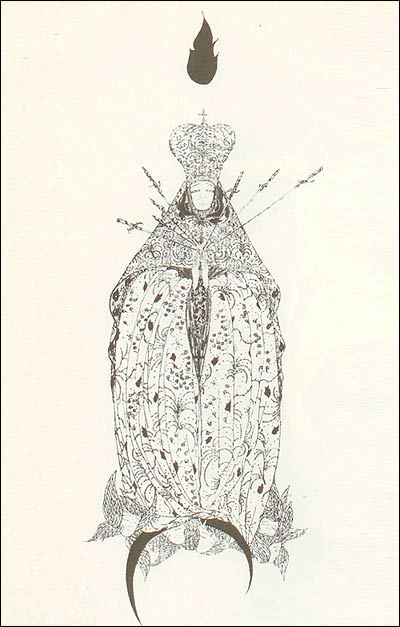Setting the scene: it’s a balmy late afternoon in downtown Los Angeles, summer of 2010. An amazing feature opportunity has suddenly presented itself, bringing Zoetica and I together for an impromptu interview/photo shoot at the Standard Hotel— a populuxe wet-dream of a place with Jenny Holzer art and an imitation Calder mobile in its lobby. Our esteemed subject has agreed to meet us for a drink at the Googiegasmic 24/7 Restaurant on the ground floor.

Photo by Zoetica Ebb.
Later in the evening, he’ll ride an elevator up to the swanky retro Rooftop Bar to DJ a killer set of “hyper lounge” for the likes of Sasha Grey, Mildred Von, the director of Lip Service, Miyu Decay, Andy Ristaino, Courtney Riot, and a slew of soused software convention-goers. But for now, he’s holding court at our corner table, and he’s got Zo and me doubled over in helpless fits of laughter. As our cackling reaches a crescendo, fellow patrons look up from their $20 cheeseburgers in confusion. Perhaps this pale, slim, soft spoken and immaculately dressed Englishman with the barest hint of a smile on his face isn’t the instigator they expected. One thing’s for sure: David J Haskins surprised the hell out of us! Delightfully so.
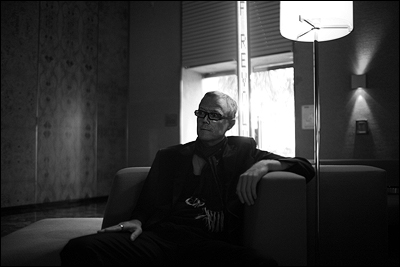
David J in the lobby of the downtown LA Standard Hotel. Photo by Zoetica Ebb.
As Zo sets up her next shot, I sip my coffee and ask the man who wrote the lyrics for Bauhaus‘ seminal song, “Bela Lugosi’s Dead” if vampirism is, in fact, the secret to his youthful appearance. “I’m actually very wrinkled from the waist down,” he says. Hastily, I wipe up my spit take. “Don’t print that.” Zo insists that we should print that. “Oh, all right. You can print that.” A few minutes later, he launches into an anecdote about “the infamous pan-flute monkey” from Love and Rockets’ music video for ‘No New Tale to Tell’: “The handler put peanuts down all of the pipe shafts.” The idea being that the monkey would try to tip them out to eat and appear to be playing the flute. “Worked out pretty well. But when the little bugger wasn’t trying to get at the peanuts,” (David J’s voice drops to a conspiratorial whisper) “he was wanking. Endlessly. For hours. Hours and hours. And staring at us.” Zo does her best to keep the camera steady. “It was quite impressive, actually! And a little terrifying. No one wanted to go near the filthy thing.”
Giggle fits notwithstanding, professionalism prevails. Zo gets some great shots, and in of spite being uncharacteristically twitterpated (can’t be helped; I smoked my very first clove while listening to “Who Killed Mister Moonlight“), I’m able to nab an in-depth, thoughtful interview from a most multifaceted and influential progenitor of post-punk alternative culture.

David J, making mischief at the Standard Hotel’s 24/7 Restaurant. Photo by Zoetica Ebb.
It’s hard to know where to begin with you! The range and diversity of the creative projects you’ve been involved with for over the course of your career is astounding. In addition to being a musician and a lyricist, you’re a visual artist, playwright … and more recently, you’ve even gotten into screenwriting?
Just in the last year, yes. I embarked on that with a partner, Don C. Tyler, and we have a fantastic chemistry. So far it’s going very well, it’s picking up. We have a couple of different scripts in the works. I am actually contracted not to talk about the subject matter of either of them, sorry, but I can tell you they’re tangentially connected. And yes, I’ve written some plays. I was going to say I just finished my second play, but really it’s the third, because initially, I got into writing for the stage after creating this 12-minute play about punk rock called Anarchy In The Gold Street Wimpy. It had never occurred me to write one before, but my publicist, Versa Manos, was friends with this theatre company in Atlanta, Georgia, called Dad’s Garage. They were looking for submissions for a theatrical presentation of short 12-minute plays based on the idea of punk rock. She suggested I should have a go at it, and so I did. I thought, well, I was there, after all. Going to shows in 1976, when punk rock was full-on.

